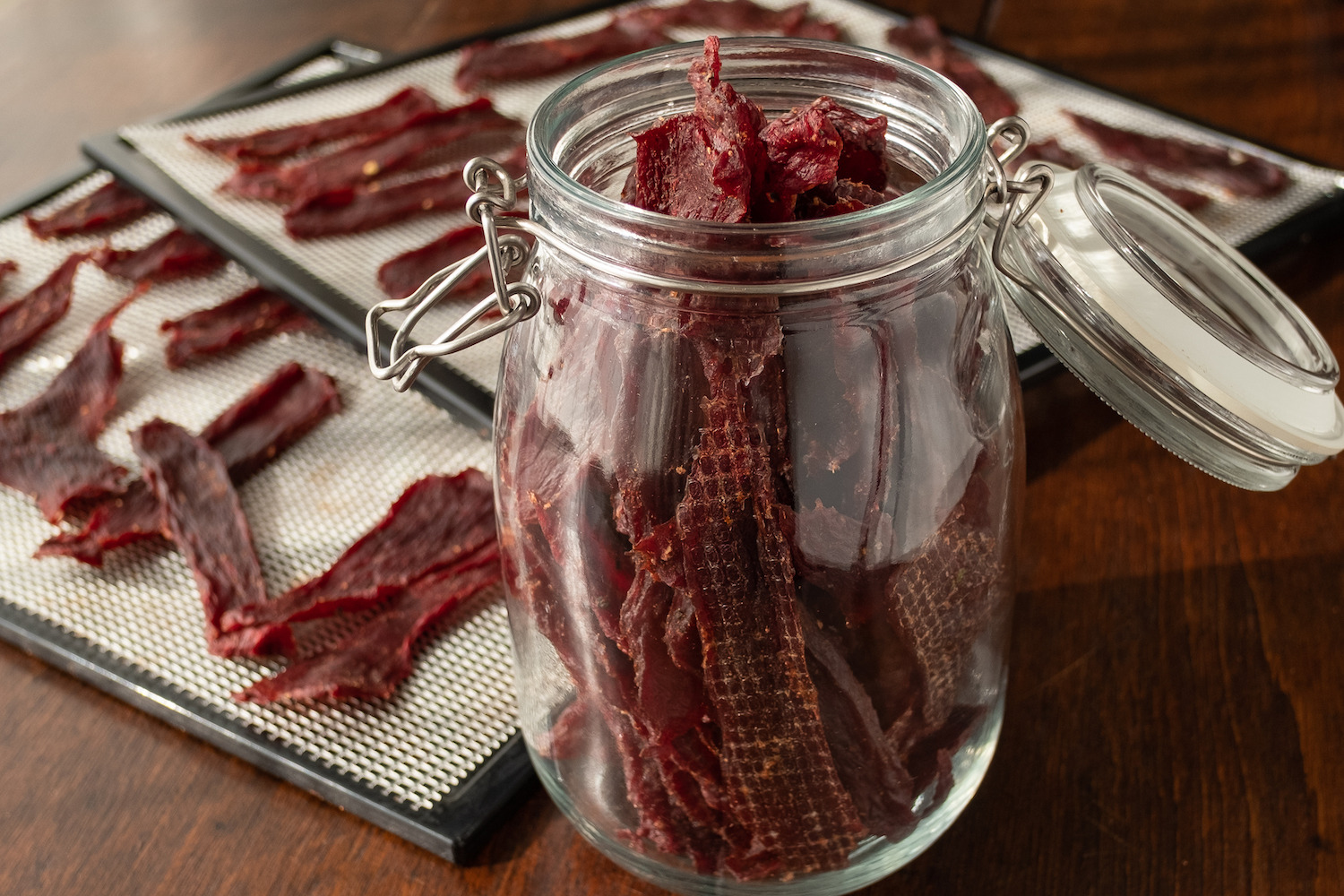Jerky recipe dehydrator
This guide jerky recipe dehydrator walk you through how to make the best deer jerky. There are only a few key aspects to making great venison jerky: the preparation of the meat, the amount of salt and seasonings, and the drying time. These fundamentals overlap a bit, and there is some wiggle room, but if you understand the core concepts, you will never make jerky that is under seasoned, overly salty, too chewy, or too dry again. Here’s how to execute those basics and one of my favorite deer jerky recipes.
Meat Preparation Preparing meat gets the ball rolling in the jerky making process and you want to make sure you’re selecting the right cut of venison before you begin. Jerky is best made with lean cuts of meat to prevent spoilage. Whole muscles from the hind quarter are ideal—top round, bottom round, and sirloin tip. Venison is naturally lean, but depending on the age and time of the year, some deer will have a layer of fat on the skin side of their muscles.


While you are trimming, you want to remove as much tough connective tissue as you can because silverskin, sinew, and tendon, once dried, are hard to gnaw through. Removing as much of these tough bits as you can will prevent the jerky from being a chore to chew. Once trimmed, you want to slice the jerky as evenly as you can. The more uniform the slices, the more consistent the finished jerky will be. This will prevent overly dry edges or underdone centers in your strips of jerky.